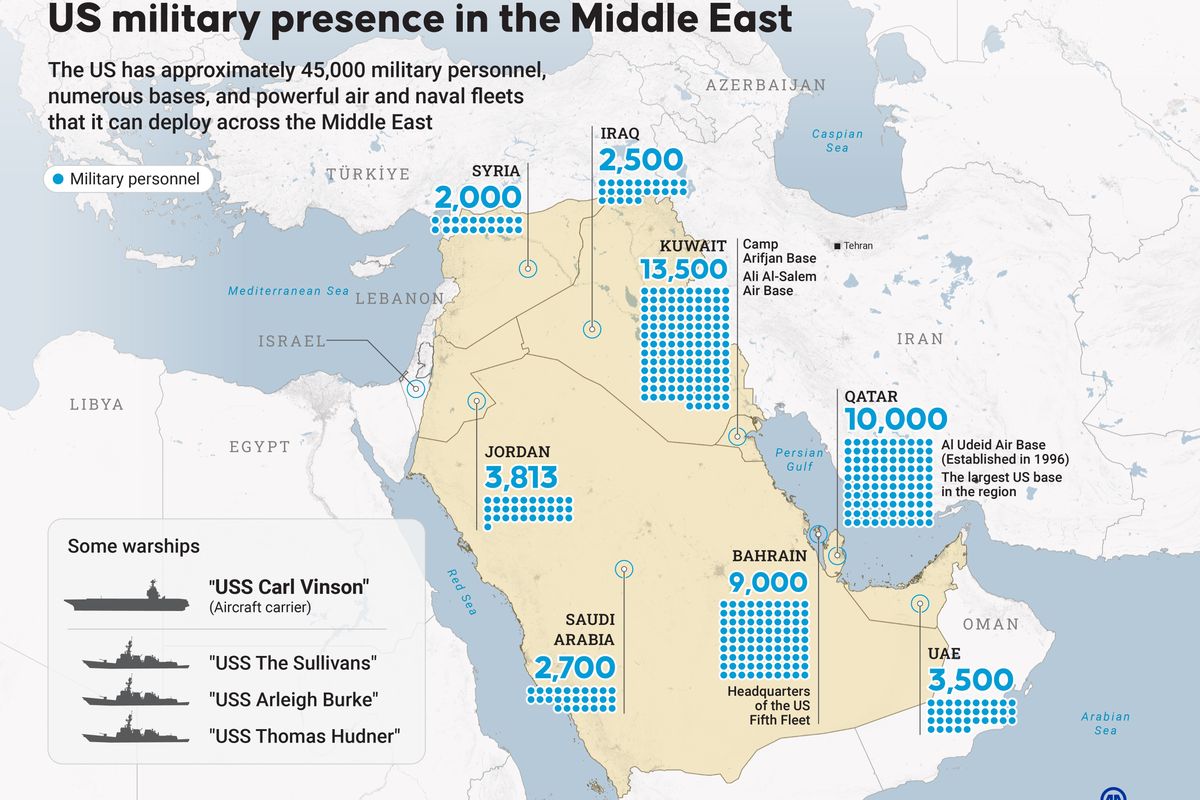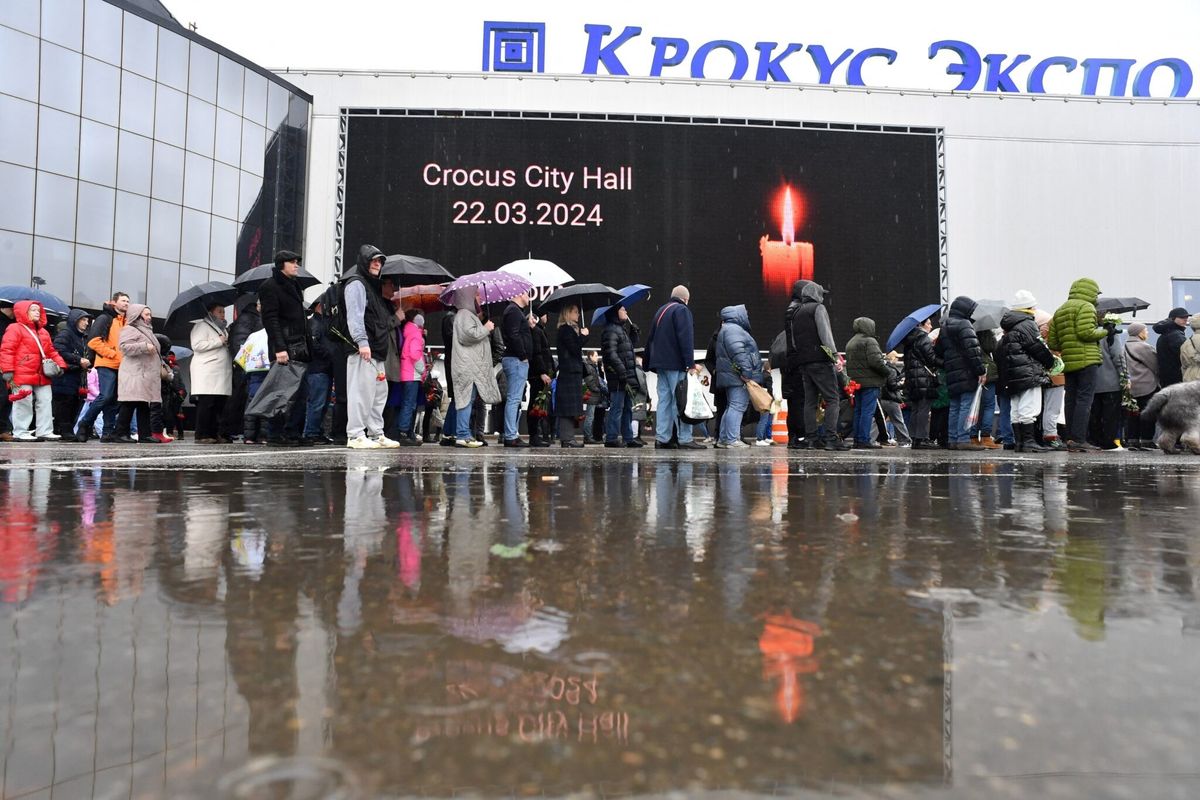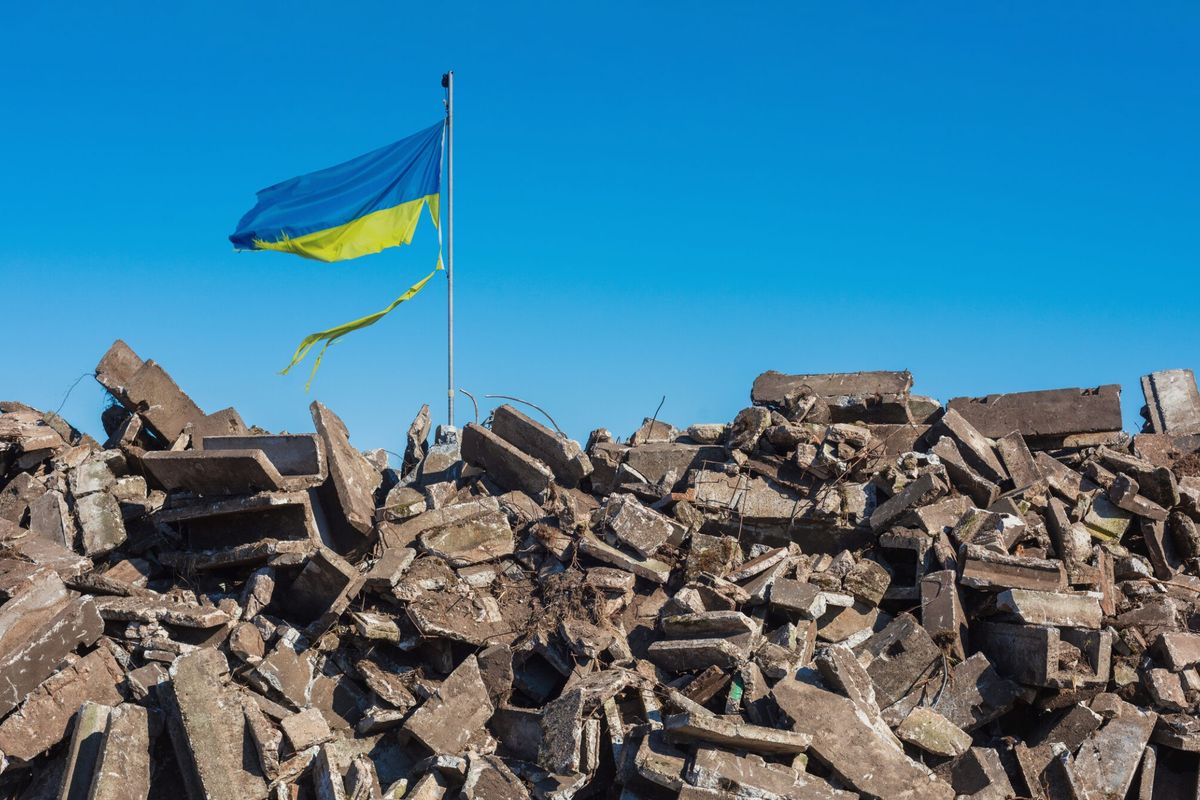The U.S.-led coalition has achieved significant success this year in the battle against ISIS, first in Mosul and now in Raqqa where nearly 80 percent of the city has cleared of ISIS fighters. However, there has also been a worrying spike in civilian casualties under the Trump Administration. U.S. Central Command has acknowledged roughly 600 unintentional civilian deaths over the three-year long war against ISIS, but the independent UK-based monitor group Airwars claims that this number may be over 5,000, and they claim that nearly 60 percent of these deaths have taken place under the Trump Administration alone. The Cipher Brief’s Fritz Lodge spoke with former Secretary of the Air Force Deborah Lee James about what changes she has seen in the way that the Trump Administration plans and authorizes military strikes, what might explain the rise in civilian casualties, and how this could affect the war against ISIS.
The Cipher Brief: In April, President Donald Trump said that he has given the military “total authorization” to pursue combat operations abroad. In your mind, how has this approach differed from the Obama Administration’s strike authorization process, particularly in the coalition fight against ISIS in Iraq and Syria?
Deborah Lee James: The biggest change that I’ve seen is that President Trump has pushed decision making down to lower levels within the military. There’s less senior level vetting from the White House and National Security Council, which used to exist during the Obama Administration.
As I recall, those comments from President Trump in April were made in the context of why we used the so-called “Mother of All Bombs” (MOAB) in Afghanistan. To answer that question, Trump said that he had authorized his military to operate effectively in every way. I just want to make clear, which weapons to use under which circumstances, that is not a decision that President Obama got involved with, and as far as I know, that President Trump has been involved with. Those sort of decisions have been and still are handled by the military.
But there are many other decisions which President Obama used to pull up to the NSC level and have a lot of senior level vetting. That piece of military decision making has stopped.
TCB: In your memory, how granular did that vetting use to get?
James: Based on what I heard from officers dealing most directly with the White House, it was a pretty specific granularity, and it would happen frequently. Now, the negative to all of that is that things got slowed down. Maybe you could have taken a shot, but you lost your opportunity to take that shot because the situation changed rapidly. Having that high level of review might have had the impact of slowing things down.
On the other hand, having that high level of review certainly meant that the level of near certainty for no civilian casualties was adhered to, and that the top-level decision makers really were in touch with the details of the war. To the extent those senior leaders are less in touch now, that could have negative consequences.
Basically, with the new approach you’re going to get more speed but you will inevitably get more civilian casualties. That’s not their intent, but I think that’s an inevitability.
TCB: On that note, In June, CENTCOM acknowledged around 600 unintentional civilian casualties in the war against ISIS, but other independent monitoring organizations, such as Airwars, have suggested that the number of civilians killed unintentionally by coalition airstrikes may be over 5,000, and they claim that the majority of these deaths have taken place this year. What do you think explains this increase?
James: I don’t know what the real number is, and I suspect that the most accurate number probably lies somewhere in between those two figures. I can tell you that during my tenure – and I believe since I left government – these campaigns in the Middle East have been the most accurate campaigns ever fought in the history of warfare. They have been fought with great care and multiple levels of accountability, which are designed to the extent possible to protect innocent human life.
With that said, war is war. War is imprecise, and war is messy. There is no question that the number of dead has gone up, and I think there are several reasons for that. First, in recent months there has been grinding urban warfare taking place. Mosul is a good example where the enemy is heavily dug in and the opposing allied forces are going house by house, block by block, trying to eradicate them with the support of air power. Many people have likened this to urban warfare in World War II. It’s that bad and civilian casualties are inevitable.
Keep in mind also that this enemy is prepared to fight to the death, and they are more than willing to use civilians, hospitals, mosques, all of these things as shields knowing full well that we will try not to hit those structures. And if we do hit those structures by mistake – and whenever there are civilian casualties – the enemy of course gets a PR bonanza to use against us in the court of public opinion and to recruit more extremists.
Military force is a double-edged sword, and this is another reason to keep civilian casualties as low as possible, because it does create hatred with the very people that you’re trying to win over.
The second reason why the numbers are up is simply because there are more targets that we now know about. Every raid that takes place, every capture, every laptop confiscated provides more data, more information, new intelligence that helps us up the targeting, so that’s another thing to consider.
Third, the fact that the decision making has been pushed down to lower levels allows for more quick response and more shots to be taken. The law of averages says that if you’re going to shoot more, there’s likely to be more civilian casualties, particularly in these urban environments.
Finally, thinking back to the experience of Vietnam, it is sometimes hard to know who are the civilians who are innocent, and who are the civilians who are complicit. They are really enemies but they’re dressed like civilians. It sometimes became hard to know who was who in Vietnam, and I think you’re seeing that same phenomenon now with the war on terror.
TCB: Has there been any change that you have seen to the rules of engagement that U.S. military personnel operate under?
James: As far as I know, the rules of engagement remain the same, and those rules say that there needs to be near certainty that no civilians will be killed in the operation.
Now, what has been under review is the presidential guidance that affects the RPA [Remote Piloted Aircraft] strikes and raids – how they’re being conducted and how they need to expand to additional countries where ISIS and other extremists may be spreading. Countries beyond where we have typically been fighting the war on terror.
The question is, will President Trump sign off on new approaches to expanding the war on terror – for instance, to include more strikes on lower level terrorist operatives – and will he keep the near certainty level on civilian deaths? We don’t know this yet.
TCB: You touched on the strategic cost of civilian casualties, and commanders on the ground certainly recognize this. Do you see a change of thinking from commanders who – now that authority has been delegated back down to them – may be trying pull back on some of their own requests for strikes over concerns about casualties?
James: It’s always hard to get into the minds of individual commanders, but for me, this boils down to, could the process be improved? I say there is always room for improvement, but I want to reiterate that I believe the process right now is unprecedented in modern warfare in terms of the protection of civilians. The U.S. and the allies watch and wait, they do pattern of life analysis. There’s a legal review of every intended target, there’s a validation of those targets, there are ways to call off the strike if a civilian wanders into the area. There are lots and lots of checks and balances.
Yet, there is also the desire to mop the military fight against ISIS up as quickly as possible. There is the balancing act. If you’re going to further strengthen the protections for civilians, then you’re going to run counter to this desire to end things as quickly as possible.
To me, the key thing to watch is whether President Trump decides to keep the near certainty rule when he reviews the presidential guidance, or will he ease up on that? If he eases up on that, you can be sure that there will be more civilian casualties in the future.











